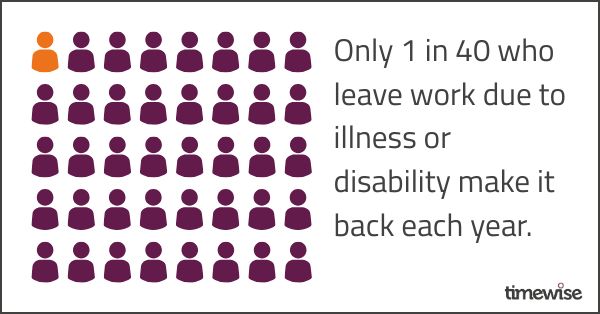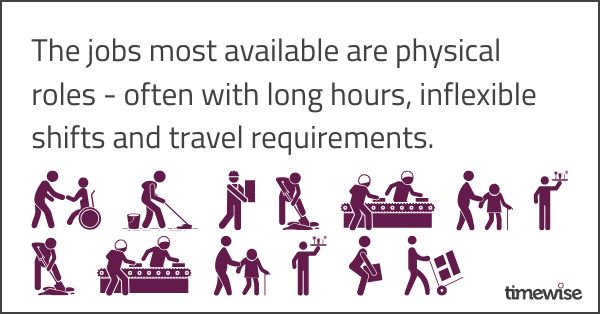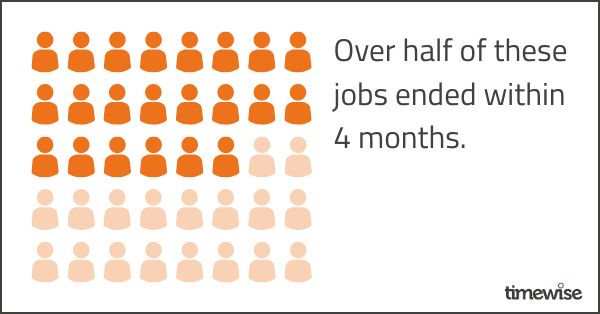

This paper shows how insecure, inflexible and excessive hours in frontline sectors exacerbate the UK’s economic inactivity problem – and what to do about it.
By Clare McNeil, Timewise CEO, and Tess Lanning, Director of Programmes
The Government has set out a welcome ambition to support full employment in the UK – with a big focus on tackling the large rise in the number of people who are ‘economically inactive’ due to ill-health.
Increasing the number of jobs that offer people the flexibility to manage their health conditions is critical to this agenda: surveys show that the majority of health and disability benefit claimants want to work in part-time, flexible roles, with the option of working from home.
In practice, however, this Timewise report demonstrates the huge mismatch between the work people say they want to do and the work they are most likely to do – with job quality issues in frontline sectors creating a revolving door of economic inactivity.
Our analysis shows the realities of where people with health conditions end up working, and why many struggle to stay in employment. The sectors with the highest long-term sickness rates are retail, transport, hospitality, health and care, followed by construction, manufacturing and education.
Original Timewise analysis shows that:



Without action to increase schedule flexibility and control for workers in these sectors, the government’s return on investment in back-to-work support for the formerly inactive long-term sick will be disappointing.
We call for a new industrial strategy for good jobs, focused on improving job quality and performance in the ‘everyday’ economy where most people work, starting with three central reforms:
Successive government administrations have neglected issues of job quality in frontline sectors. New rights due to come into force will tackle some of the worst practices associated with zero- and low-hours contracts, including short term notice and cancellations to shifts. A broader industrial strategy for good jobs would signal a more ambitious approach that ensures jobs support employee health and wellbeing. In doing so, it wouldn’t just help people back into work, it would ensure they can stay in work and thrive.
Published September 2025